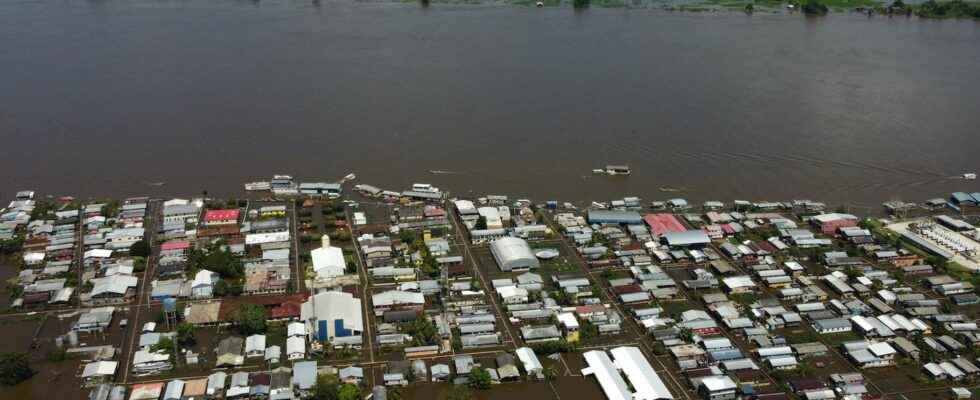Droughts, floods, storms. The effects of global warming are being felt all over the world. And in their wake, more and more humanitarian crises. So much so that the experts are worried. How much longer will humanitarian aid be able to cope with this new emergency?
You will also be interested
[EN VIDÉO] 5 weather phenomena that will become more frequent due to climate change Weather hazards have always been part of our daily lives. But with climate change, these once exceptional events tend to repeat themselves. Here are 5 weather phenomena that we will experience more often in the coming decades.
Over the past fifty years, there has not been a single day – on average – without climate disaster. According to the World Meteorological Organization (WMO), the toll is heavy: 115 people killed and no less than 200 million euros in losses per day. A recent study by the non-governmental organization Oxfam concludes that the needs for humanitarian aid linked to extreme climatic conditions have increased by more than 800% over the last twenty years!
Without, unfortunately, funding increasing at the same time. Over the past five years, half of the appeals from the United Nations (UN) have not been answered. The financing gap is estimated at around 30 billion euros. Thus, since 2000, humanitarian aid has admittedly taken care of 474 million people who are victims of climate changebut estimates indicate that over this period, 3.9 billion people living in low- and middle-income countries have been affected by disasters related to extreme weather events.
And that’s not to mention the losses in matter cultural identity, local knowledge or biodiversity. According to Oxfam, “The cost of climate impacts will continue to skyrocket with every additional fraction of a degree of warming”. To reach by 2030 something between 290 and more than 580 billion euros.
Growing funding needs
However, there is good news. Indeed, if the number of climatic disasters has been multiplied by five over the last fifty years – a figure from the WMO – the number of deaths has, for its part, been almost divided by three. Thanks to increasingly efficient warning systems and better crisis management. It is even estimated that for one euro invested in reduction and Risk prevention climate change, no less than fifteen euros have been saved in post-disaster response.
Financial and technical support must therefore continue to be provided by governments to the prevention and the anticipation of climatic disasters, in particular. But also to the reduction of the environmental footprint of the humanitarian organizations themselves. Organizations that will need additional resources to adjust their mode of operation and implement their actions in a way that is more respectful of the climate.
For the time being, however, the governments of the richest countries are still fiercely opposed to the idea of having to contribute more than an ad hoc and humanitarian aid to the financing of compensation for the damage caused by a global warming anthropogenic for which they are nevertheless largely responsible. However, the dialogue was opened on the occasion of the COP26 to create a fair and automatic financial support mechanism based on the polluter pays principle. Objective: that finally the most vulnerable countries are no longer “the hostages of random acts of charity”.
Interested in what you just read?
